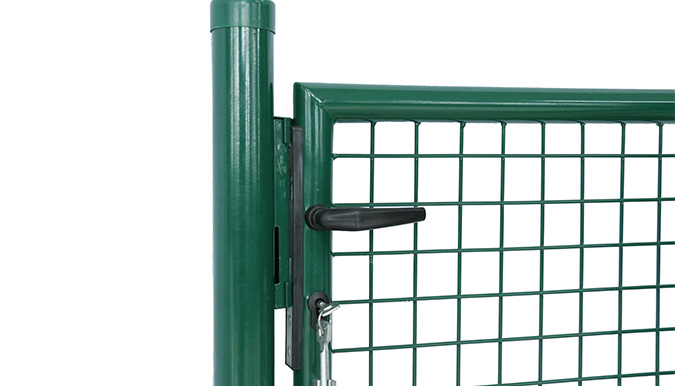prestressed concrete steel wire
Nov . 24, 2024 19:49
The Role of Prestressed Concrete Steel Wire in Modern Construction
Prestressed concrete is a major innovation in the field of civil engineering, allowing for significant advancements in the design and durability of concrete structures. At the heart of this technology lies the prestressed concrete steel wire, a crucial component that enhances the strength and resilience of concrete against various stresses encountered in structures.
What is Prestressed Concrete?
Prestressed concrete involves the application of a pre-compression force to concrete elements to counteract tensile stresses. Unlike conventional reinforced concrete, which relies solely on steel reinforcement bars to provide tensile strength, prestressed concrete uses high-strength steel wires or strands. These are tensioned before, during, or after the concrete is cast. The result is a concrete structure that can support much greater loads and span longer distances without the need for extensive supports.
Types of Prestressing Systems
There are primarily two types of prestressing systems pre-tensioning and post-tensioning. In the pre-tensioning method, steel wires are stretched prior to casting the concrete. Once the concrete has cured, the tension is released, inducing compressive stress in the concrete. In the post-tensioning method, ducts are placed within the concrete during the pouring process, and the steel wires are tensioned after the concrete hardens. Each of these methods has its own advantages, which can be determined based on project specifications and requirements.
Advantages of Prestressed Concrete Steel Wire
1. Enhanced Load-Bearing Capacity The pre-compression applied through the steel wires allows prestressed concrete structures to support higher loads than conventional concrete. This property is particularly useful in constructing bridges, parking garages, and large commercial buildings.
prestressed concrete steel wire

2. Reduction of Cracking One of the most significant benefits of using prestressed concrete is the reduction of cracking. The compression counteracts tensile forces, minimizing the occurrence of cracks, and thus enhancing the durability of the structure.
3. Longer Spans Prestressed concrete is ideal for applications requiring long spans, such as in bridge construction. With the use of prestressed steel wires, engineers can design structures that do not need as many support columns, allowing for more open space and reducing construction costs.
4. Flexibility in Design Prestressed concrete structures can be designed in various shapes and forms without compromising structural integrity. This flexibility results in aesthetically pleasing structures that can meet both functional and design requirements.
5. Cost-Effectiveness Although the initial cost of prestressed concrete may be higher than that of traditional concrete, the long-term savings in maintenance, reduced material usage, and better durability make it a cost-effective choice in the long run.
Applications of Prestressed Concrete Steel Wire
Prestressed concrete steel wires are widely utilized across various construction sectors. Bridges, particularly those requiring long spans, utilize prestressed concrete to maintain structural integrity under substantial loads. Also, multi-story buildings employ prestressed concrete floors to decrease the number of required columns, freeing up valuable floor space. Other applications include water tanks, silos, and airport runways, where performance and durability are critical.
Conclusion
In conclusion, prestressed concrete steel wire has become an essential element in modern construction, providing engineers and architects with the tools needed to create strong, durable, and flexible structures. It addresses many limitations of traditional concrete and represents a significant step forward in building technology. The continued development and refinement of prestressed systems will undoubtedly lead to even greater innovations in the future, shaping the skylines of cities and altering the landscape of civil engineering.




















